The Ringer, founded by sports journalist and media personality Bill Simmons in 2016, has become a prominent digital media company known for its in-depth coverage of sports, pop culture, and technology. Despite its success and innovative content, The Ringer has not been immune to controversies. These disputes have ranged from internal workplace issues to broader industry criticisms, reflecting the complexities of running a modern media enterprise.
1. Workplace Diversity and Inclusion
One of the most significant controversies surrounding The Ringer emerged in June 2020, during the height of the Black Lives Matter movement. An article published by the New York Times revealed that of the 90 employees at The Ringer, only four were Black. This lack of diversity sparked widespread criticism, particularly given The Ringer’s commitment to covering a diverse range of cultural topics.
Bill Simmons faced backlash for comments he made during a podcast, where he stated, “It’s a business. This isn’t Open Mic Night.” Critics argued that his remarks trivialized the importance of diversity and inclusion. In response, The Ringer announced initiatives to address these issues, including plans to improve hiring practices and create more opportunities for underrepresented voices. However, the incident highlighted ongoing challenges in achieving genuine inclusivity within media organizations.
2. Unionization Efforts and Labor Relations
In August 2019, The Ringer’s staff announced their intention to unionize, seeking better working conditions, clearer paths to promotion, and more equitable pay. The move was part of a broader trend of unionization within digital media companies, as employees sought to secure their rights in an often-volatile industry.
Negotiations between The Ringer’s management and the union, represented by the Writers Guild of America, East (WGAE), were initially contentious. Issues such as job security, freelance worker rights, and editorial independence were key points of discussion. The negotiations culminated in a three-year contract agreement in March 2021, which included provisions for fairer pay, improved diversity initiatives, and better working conditions. Despite this resolution, the unionization process underscored the tensions between management and staff in digital media.
3. Content and Editorial Decisions
The Ringer has also faced scrutiny over its editorial decisions and the content it publishes. Critics have accused the platform of occasionally prioritizing quantity over quality, leading to concerns about the depth and rigor of its journalism. This criticism is not unique to The Ringer but is reflective of broader trends in digital media, where the pressure to produce constant content can sometimes compromise journalistic standards.
Additionally, some controversies have arisen from specific articles or podcasts that were perceived as insensitive or out of touch. For instance, certain cultural critiques have been criticized for lacking diverse perspectives, highlighting the ongoing challenge of ensuring that editorial content accurately reflects the diversity of its audience.
4. Integration with Spotify
In February 2020, The Ringer was acquired by Spotify for an estimated $200 million. While this acquisition allowed The Ringer to expand its podcasting reach significantly, it also raised questions about editorial independence. There were concerns that Spotify’s influence could affect the editorial direction of The Ringer, potentially prioritizing profitability over journalistic integrity.
Since the acquisition, some critics have argued that The Ringer’s content has increasingly leaned towards more commercially viable topics at the expense of in-depth journalism. However, supporters argue that the partnership has allowed The Ringer to reach a broader audience and invest in higher-quality content, including more diverse voices.
5. Public Criticism and Internal Tensions
Bill Simmons, as the public face of The Ringer, has often been at the center of public criticism. His high-profile persona and outspoken nature have occasionally led to public spats and controversies, affecting The Ringer’s public image. Simmons’ comments on various social and political issues have sometimes been polarizing, drawing both support and condemnation from different segments of the audience.
Internal tensions have also been reported, with some staff members expressing dissatisfaction with management decisions and company culture. These internal dynamics reflect broader challenges within the media industry, where balancing creative freedom, business pressures, and employee satisfaction can be particularly difficult.
Conclusion
The Ringer’s journey in the digital media landscape is emblematic of the complexities and challenges faced by modern media organizations. While it has achieved significant success and influence, it has also navigated various controversies related to diversity, labor relations, editorial decisions, corporate integration, and public scrutiny.
Addressing these issues is crucial for The Ringer as it continues to evolve. Ensuring diversity and inclusion, maintaining journalistic integrity, fostering a positive workplace culture, and balancing commercial and editorial interests are essential for its long-term success. As The Ringer moves forward, its ability to learn from past controversies and adapt to the ever-changing media landscape will determine its continued relevance and impact.

